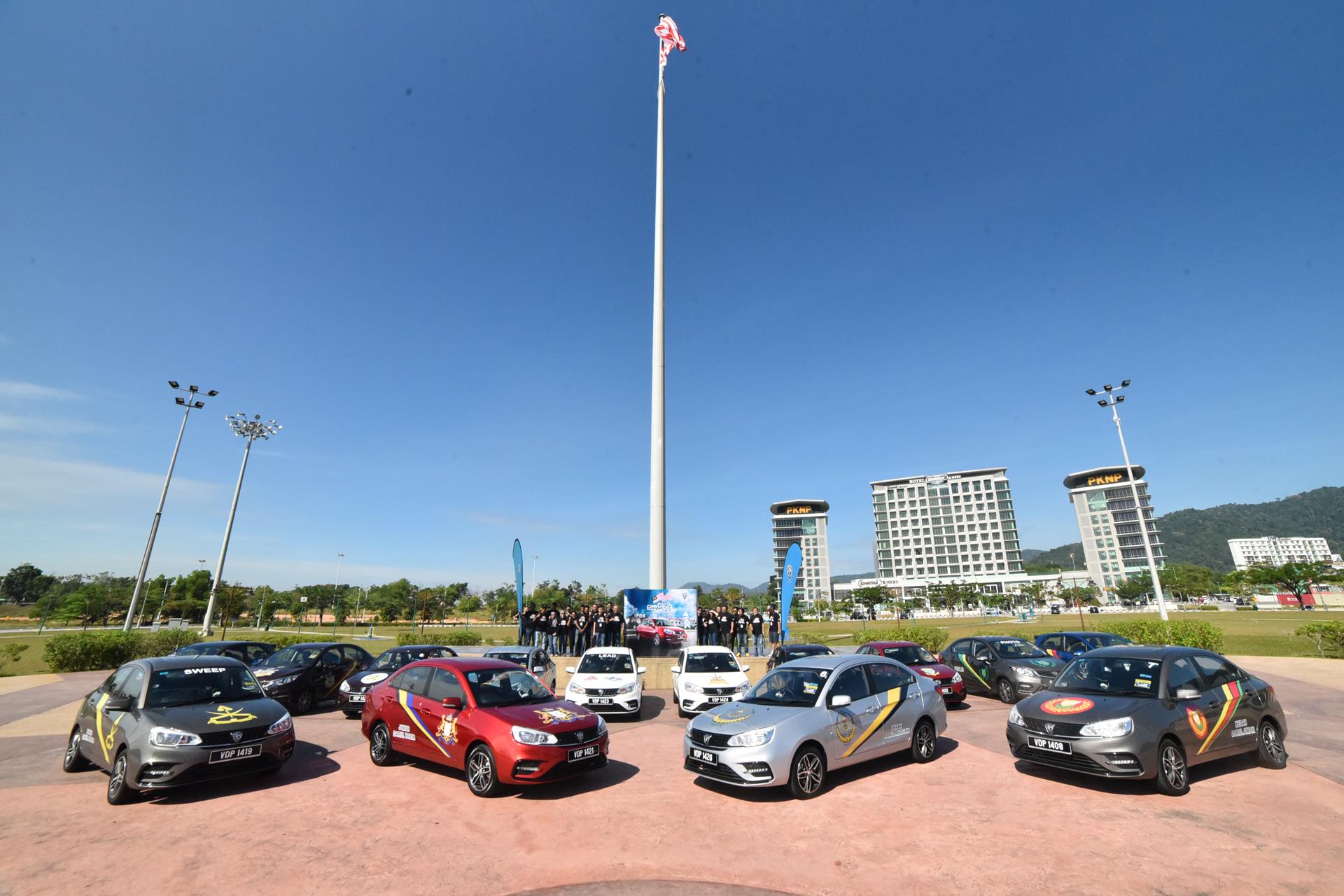Like it or not, the Saga defines Proton. Perhaps that statement’s experiencing a paradigm shift as we speak now that Geely’s in the picture; opening up their models to be sold as Protons here. However, up to till this point, the Saga formed the foundation of our national carmaker (if it’s still considered a national asset).
Being an affordable appliance tasked with tackling personal transportation, the Saga managed to avoid the soullessness that often plagued entry-level models. The fact that the original Saga bumper besi can still lay claim to exuding charm is testament to its soul.
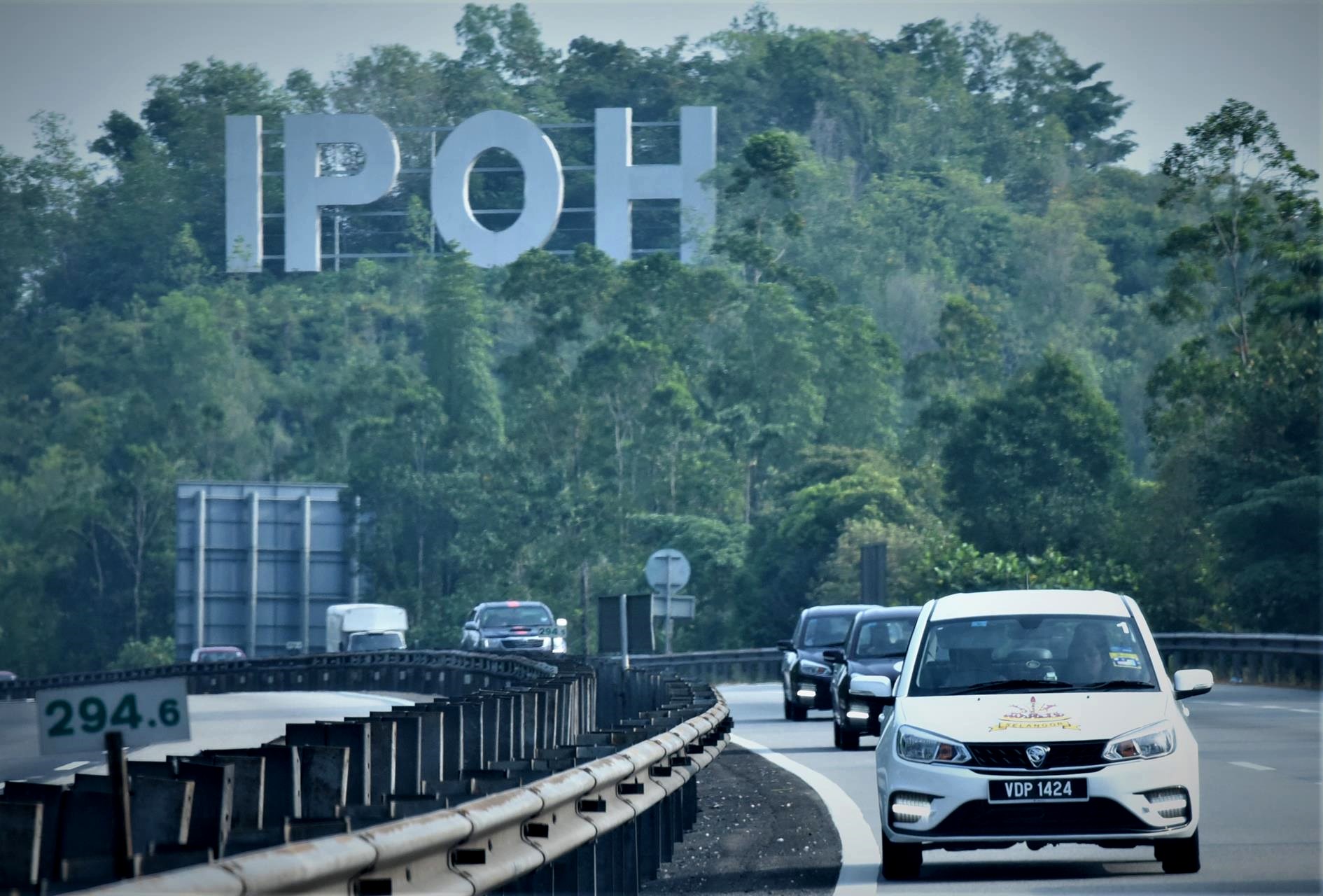
Since the new Saga came into the picture to take on the mantle of the kereta rakyat again, it did the deed of an appliance for personal transportation once again although there was plenty of room for improvement.
The basics were always present and accounted for; a spacious cabin, decent ride, sizeable boot and the bare necessities in equipment. Safety though was always its shortcoming on the report card with plenty of room for improvement.
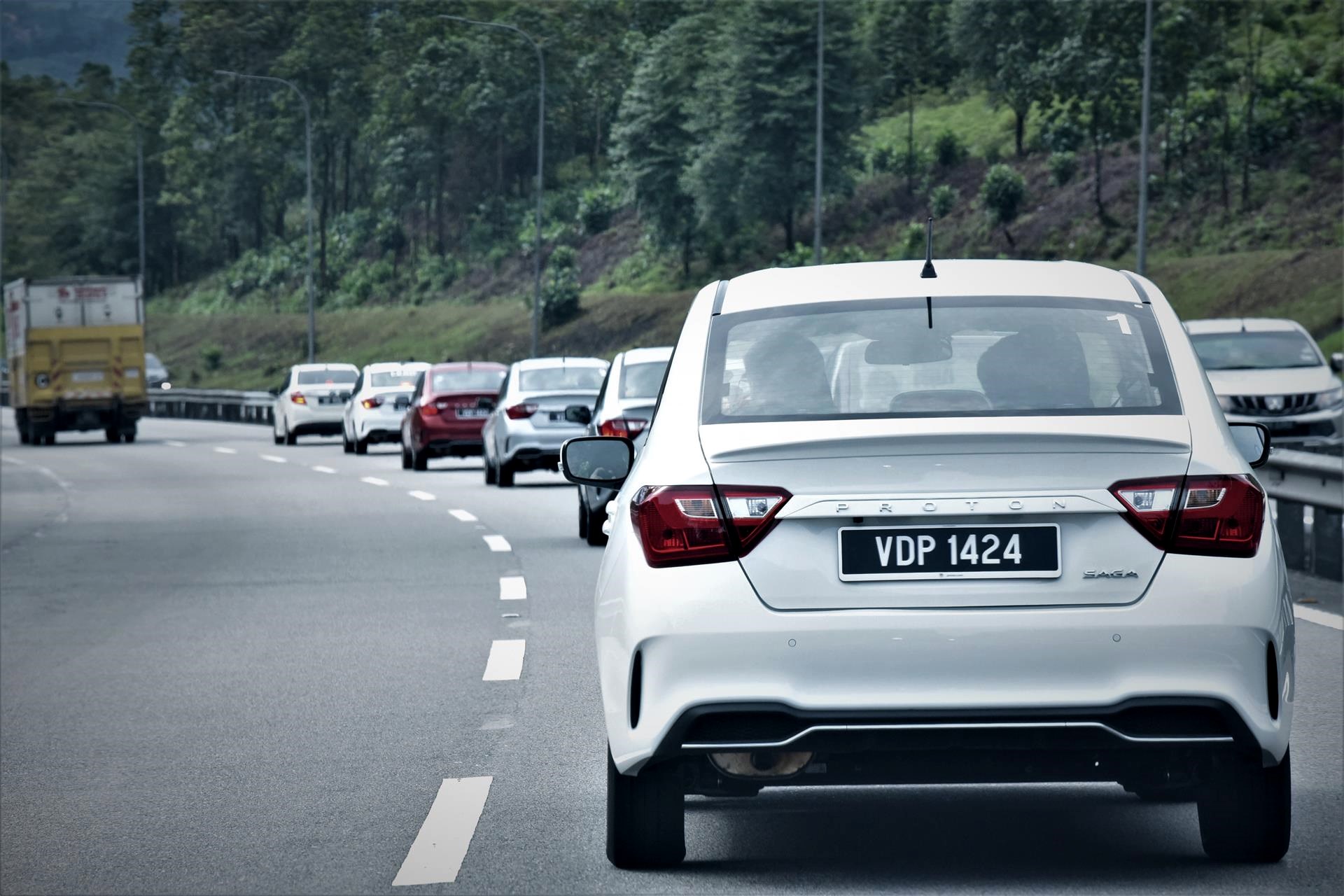
Ticking all the main boxes was enough to see it sell well until the Perodua Bezza threat entered the game. Just being an appliance now wasn’t enough. The Saga need a touch of Dyson in a segment with Pensonic pricing.
That would’ve been impossible until they were granted access to the Geely parts bin and their list of suppliers. Armed with economies of scale, the engineering team went to work.

If you’re also wondering why the most basic model in the existing range took the longest to be facelifted; after the Persona, Iriz and Exora, well the answer is the team were burning the midnight oil to put Dyson touches without ruining the Pensonic pricing.
Plus, there’s a new transmission. Apart from having to recalibrate everything again, fitting a box not designed for the Saga’s engine is a time and money consuming affair.
If you missed the launch story, you can find your recap here. Now onto the car.
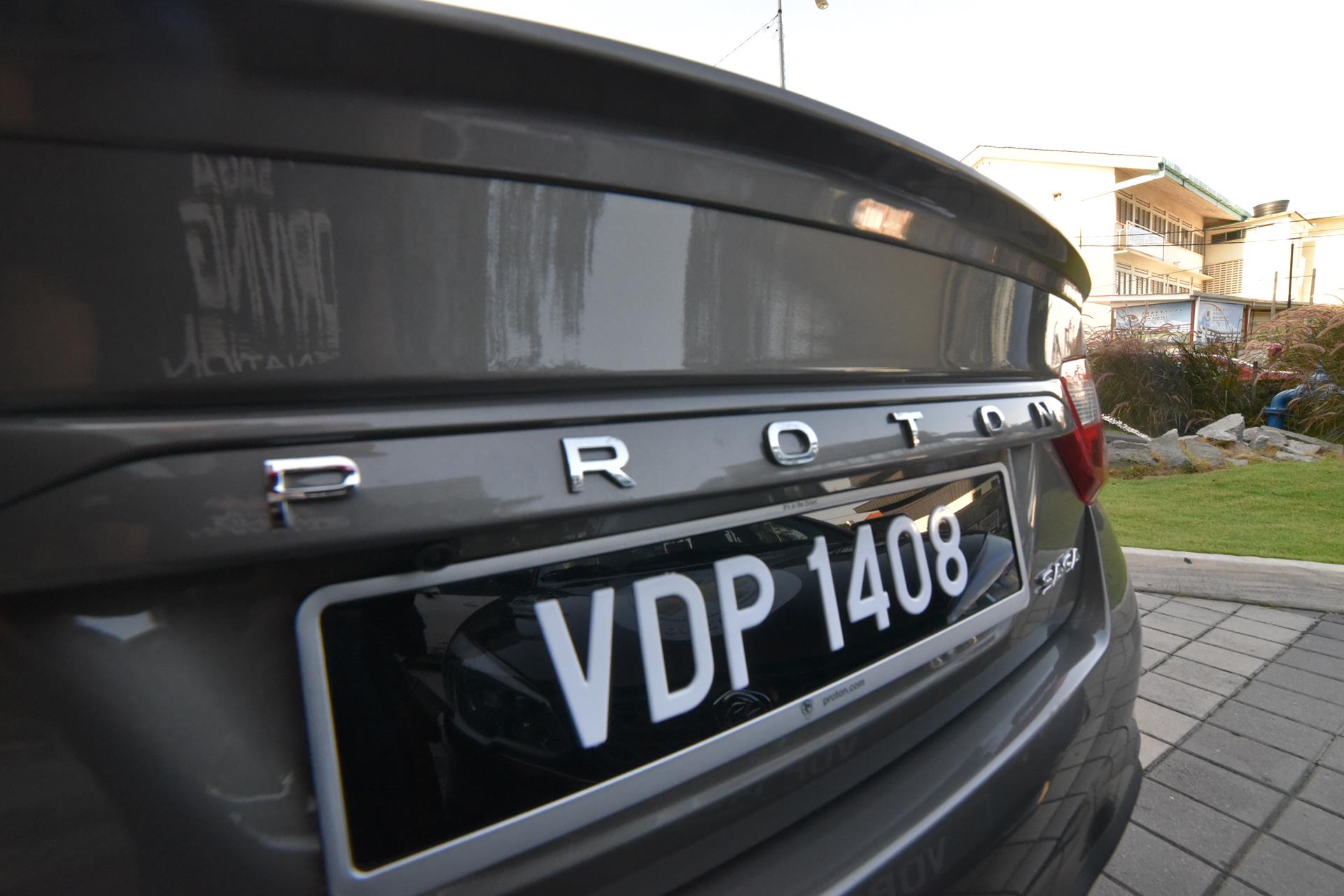
Of course, the signature design element in the form of the Infinite Weave grille is there. You lose foglights on the redesigned front bumper but now get some LED DRL strips in the Premium trim. Gone is the Proton badge on the rear number plate garnish, replaced with Proton spelt out.
The rear bumpers have been revised as well with some fake corner air vents like you’d find on a Mercedes-Benz and BMW. Tacky? Not at all as it actually makes the rear look more premium.
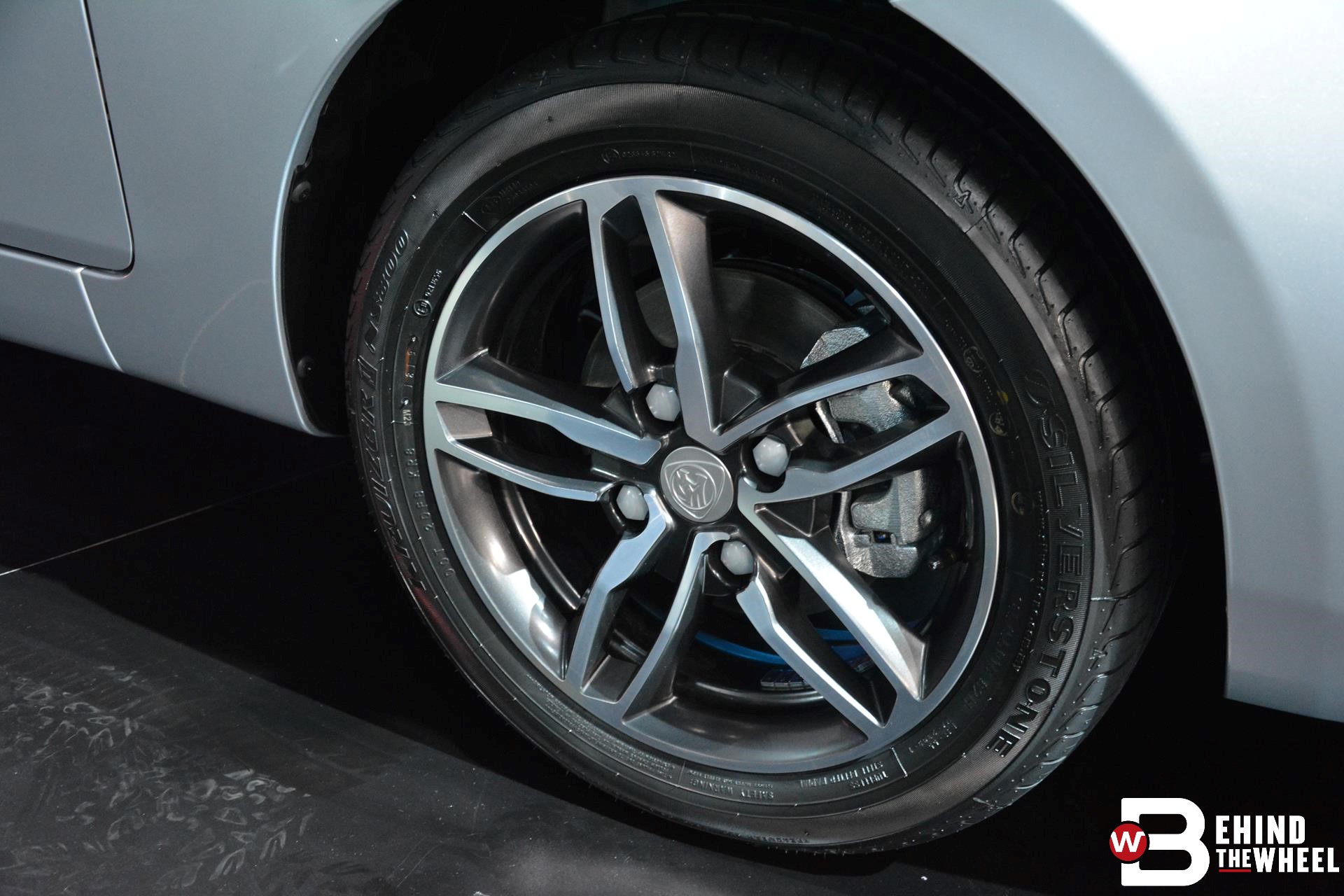
We mentioned previously that the Saga now has the larger brakes from the Persona and Iriz. An interesting side effect of that is that the entire hub assembly and not just the brakes are fitted, meaning that the 2019 Saga now has a PCD of 114.3 as opposed to the previous PCD of 100.
Simply put, you can’t fit the new Saga wheels on your pre-facelift Saga anymore. You do however have access to more wheel options should you decide to change it.
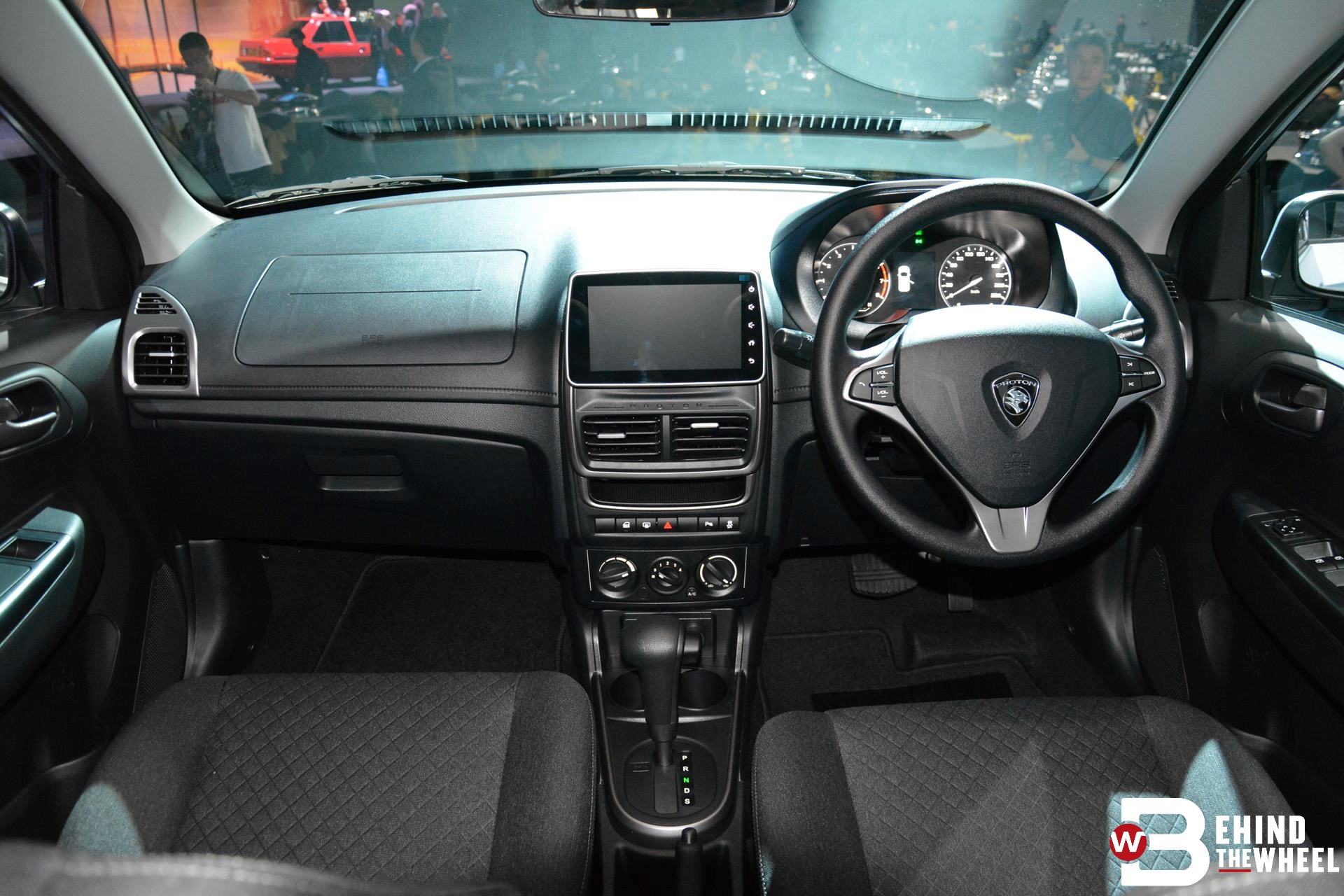
Another interesting thing we picked up on during the drive was all the recalibrations to multiple systems due to the brake upgrade.
Firstly, the brakes needed to be recalibrated to suit the weight distribution of the Saga. Due to it being larger and heavier, low and high-speed damping were recalibrated. Following that, the stability control needed recalibration too and that meant shipping the car to an ice lake in China for the very slippery stuff.

Their time owning Lotus will probably ensure that the DNA of proper ride and handling lives on in Proton and they went to town with the Saga. High-speed stability is miles ahead of the pre-facelift model without compromise to comfort.
Whatever witchcraft and wizardry they’ve done under the body, it’s resulted in a ride that deftly navigates the fine line between firm, consistency and comfort. A short stretch on B-roads really highlighted the work gone into the damping and suspension on a whole. Crappy roads wouldn’t unsettle it yet the occupants weren’t subjected to a jarring ride. You’re even allowed to have a little fun with it on corners… for a RM40,000 sedan that is.

There’s only one weak link in this handling chain and that’s the poor Silverstone tyres. They’re just too noisy, sending too much road noise into the cabin that’s also now a much quieter place. We highly recommend some better rubbers as good rubbers always save you a lot of trouble.
We haven’t forgotten the new transmission. In what’s essentially a facelift of an already ageing model in a bare budget segment, fitting in an all-new gearbox is practically unheard of. Yet, having done so, it’s addressed the Saga’s weakest link of all and transformed the car.
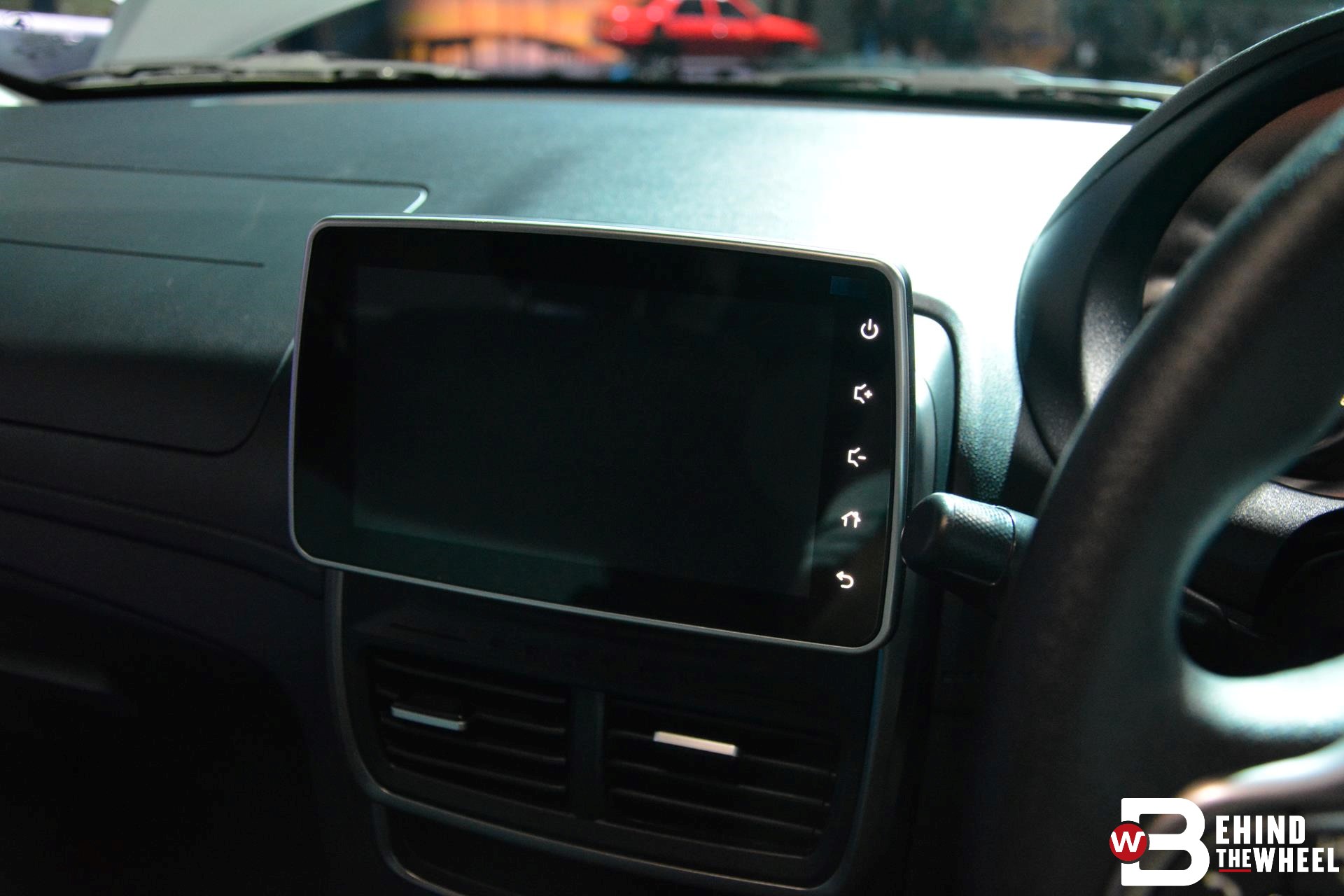
That Punch CVT was about as painful as passing a kidney stone. We’re glad it’s been taken behind the shed and put out of its misery. We’re glad to welcome a traditional torque converter four-speed automatic in its place.
It’s a Hyundai unit that was recommended by Geely seeing that they already use it in some of their models. This is a perfect example of leveraging off Geely suppliers to obtain economies of scale. Without them, the entire affair would’ve been too costly.
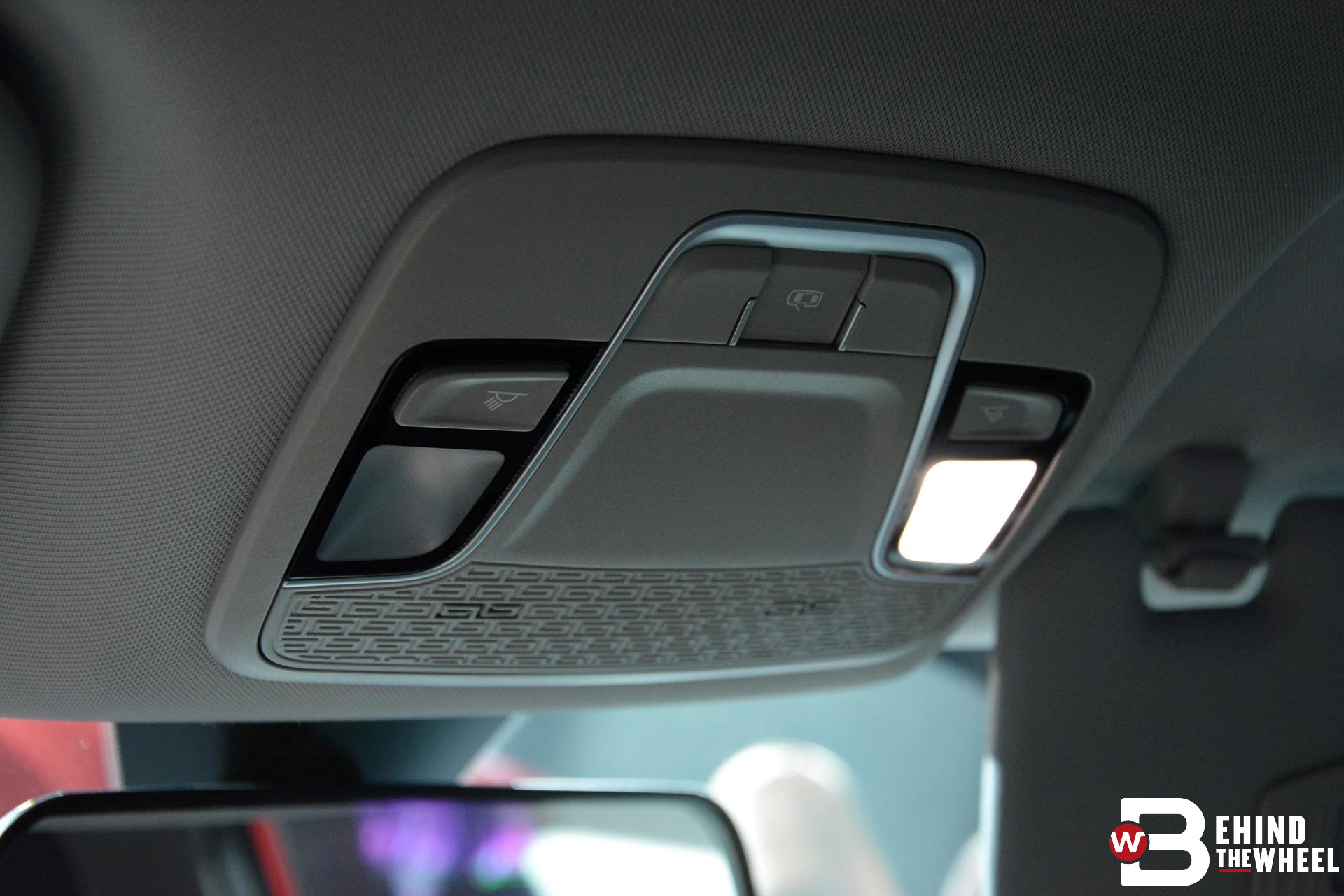
It’s a pretty basic four-speed auto but a huge step forward over the lethargic and frustrating CVT. Don’t expect machine gun shifts like the ZF eight-speed in most BMWs. However, feedback of a proper shift and the elimination of that rubber band feel is a dose of confidence the driving experience was in dire need of.
Proton spent years trying to perfect the stepped effect in its CVT to mimic a torque converter as that’s what the market demanded but having finally switched to an actual torque converter, it’s proof that the reality of it is often disappointing (thanks Thanos).
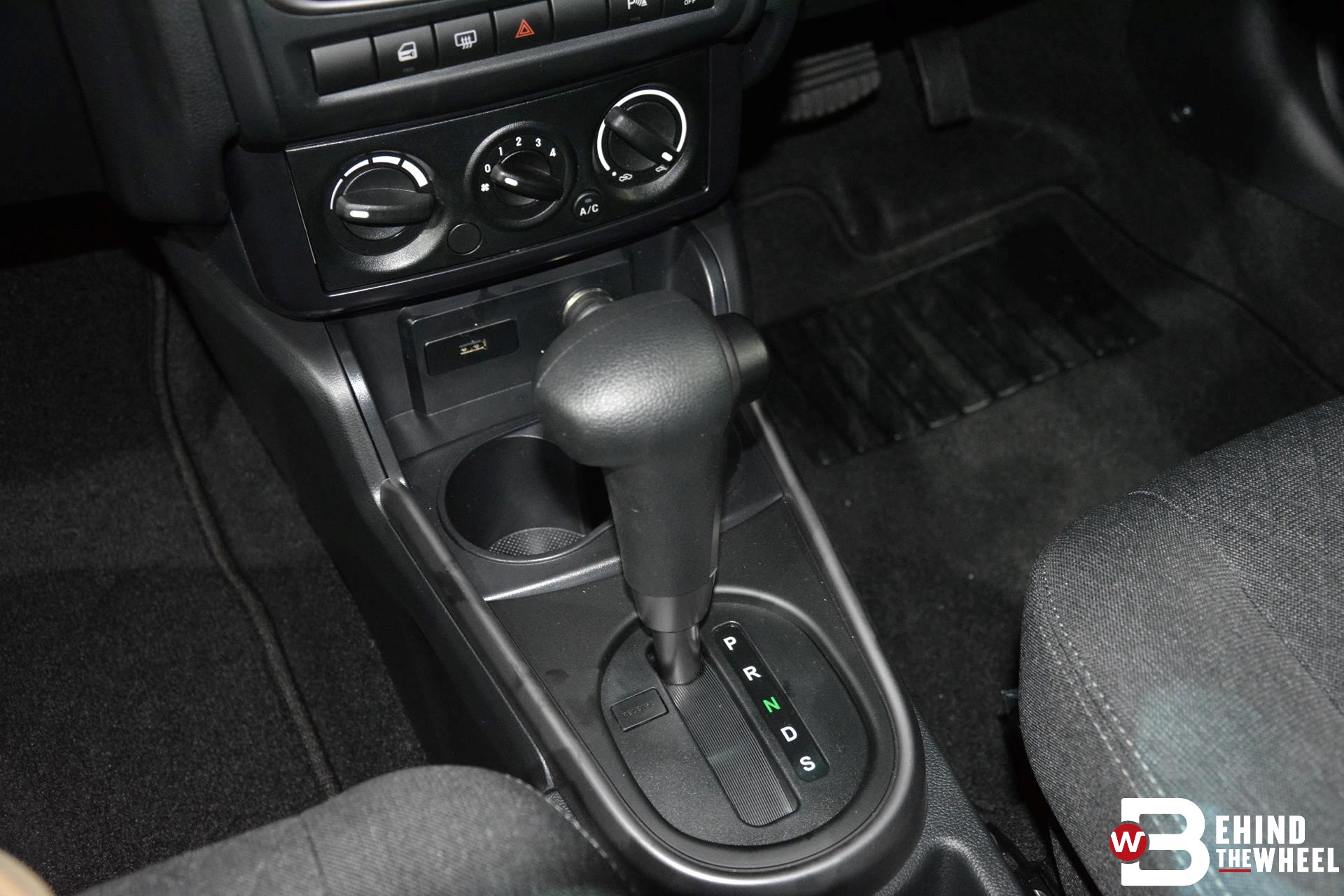
One thing that remained untouched was the engine. The 1.3-litre VVT mill still makes 94hp and 120Nm of torque. Barely numbers to write home about but also why the torque converter box has made such a monumental change to the way it drives. Fuel consumption has improved slightly with the new box.
To fully extract the engine’s performance, the Sport mode here locks out the fourth gear and will only stick to the first three ratios with revised shift points. When queried why Proton skipped the traditional L, 2 and 3 selections and replaced with just S and D, the engineers replied that most customers rarely fully understood how to select the right gear so Sport will do it for them.
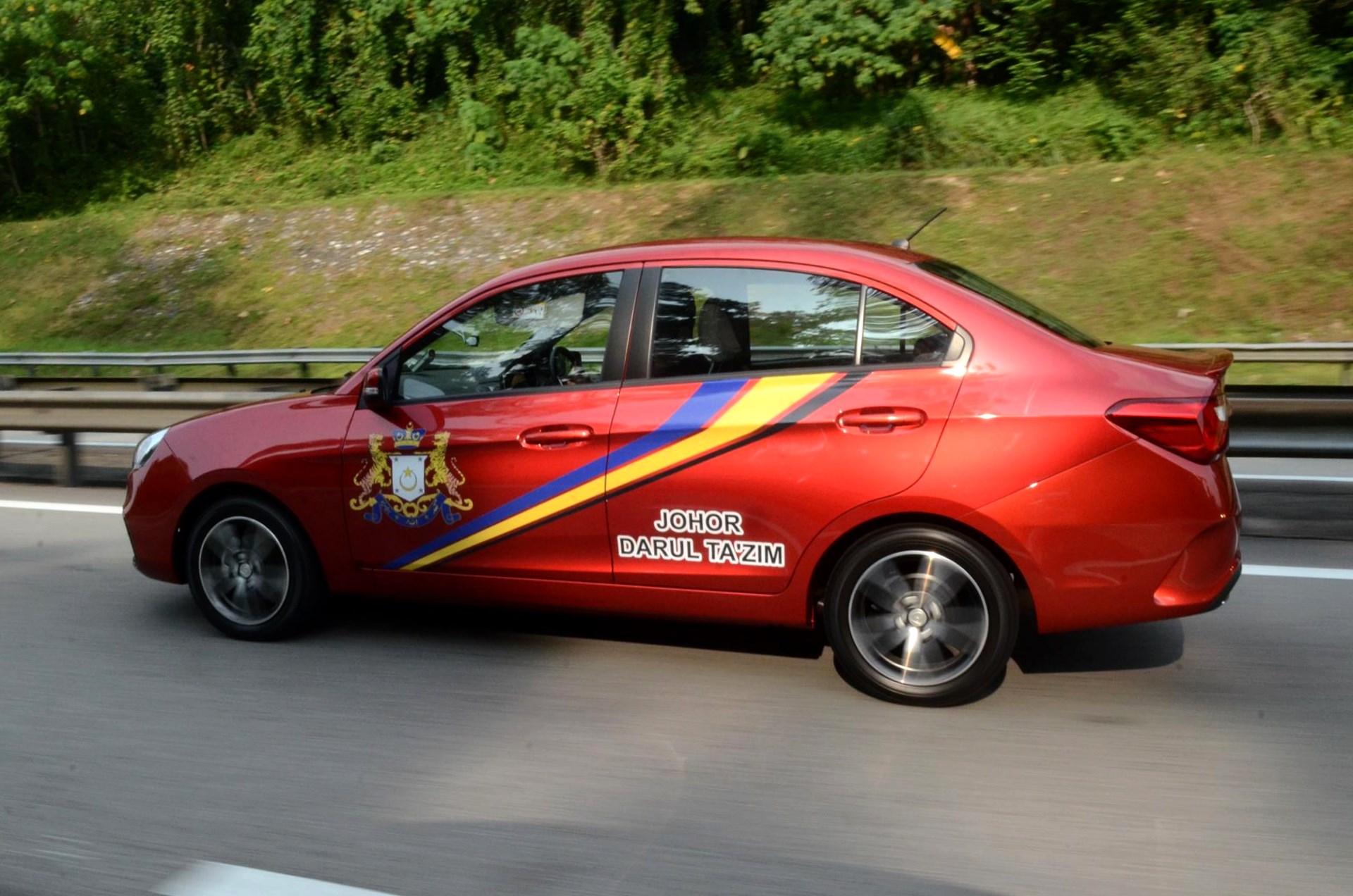
Last but certainly not the least, is the refreshed interior. Simply put, it’s a really nice place to be in. The Premium gets the new Android-based 7.0-inch floating touchscreen infotainment system from Geely, but unfortunately you can’t converse with it. No “Hello Proton” here and it doesn’t quite matter. The touchscreen panel is a joy to use with a simple, intuitive interface.
Even the instrument display has been made clearer and with a larger multi-info display with current and average fuel consumption. One of the less noticeable but nicer touches are the LED map lights that the Saga team were proud to boast that the Iriz and Persona make do without. It’s another example of the Geely parts bin and their supplier network proving fruitful.

One thing we really took a fancy to was the denim-like fabric upholstery. The team admitted it seemed a little risky but in the end the gamble paid off as most people took a liking to the quirky material.
Another thing that’s much appreciated is the work on the door closing sound. Revised sealing from the rubber has eliminated much of the metallic clanging noise and the doors now close with a much more resounding, solid thud.
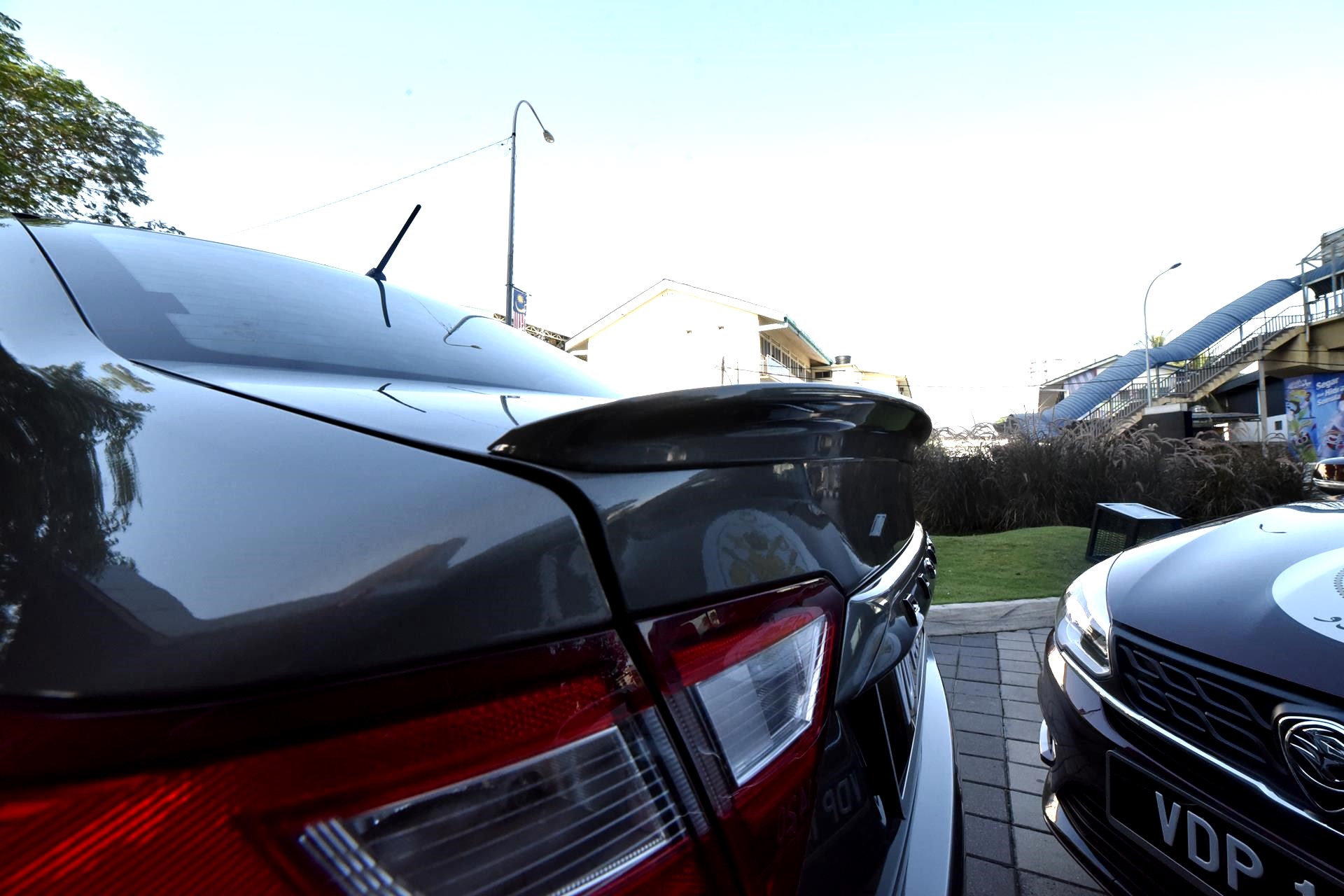
Overall, the cabin benefits from the work done to NVH levels. Not only is it quieter but even the key touchpoints come across like they’ve been given a once over for a more premium feel.
Safety now comprises ABS as standard across the range, one glaring omission from the pre-facelift. Stability control is for the Premium only though the dual airbags mean it’s still a four-star Asean NCAP player.
Is the new Saga perfect? Not by a mile. More accurately however, the query should be “Is the new Saga a near-perfect sub-RM40,000 kereta rakyat?” The answer to that is yes. If you’ve been considering the Bezza, we staunchly recommend visiting a Proton showroom and giving the Saga a go before putting pen to paper.
